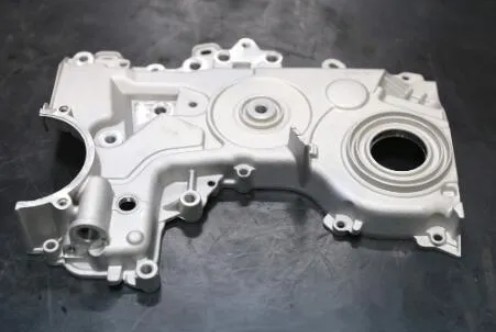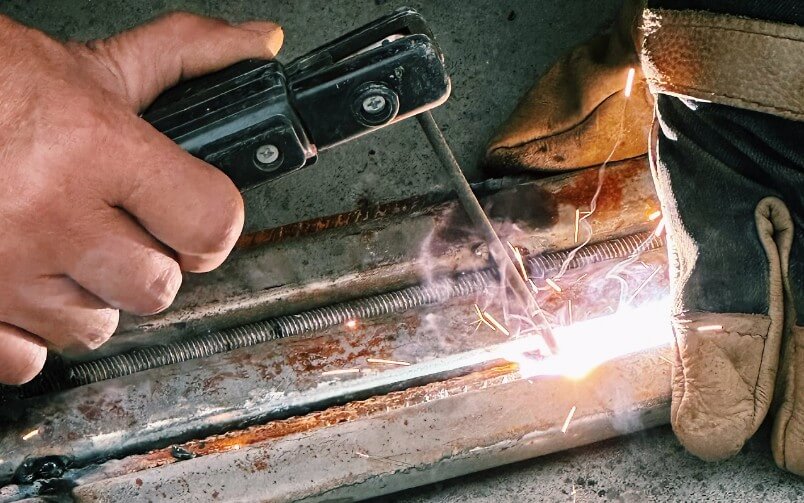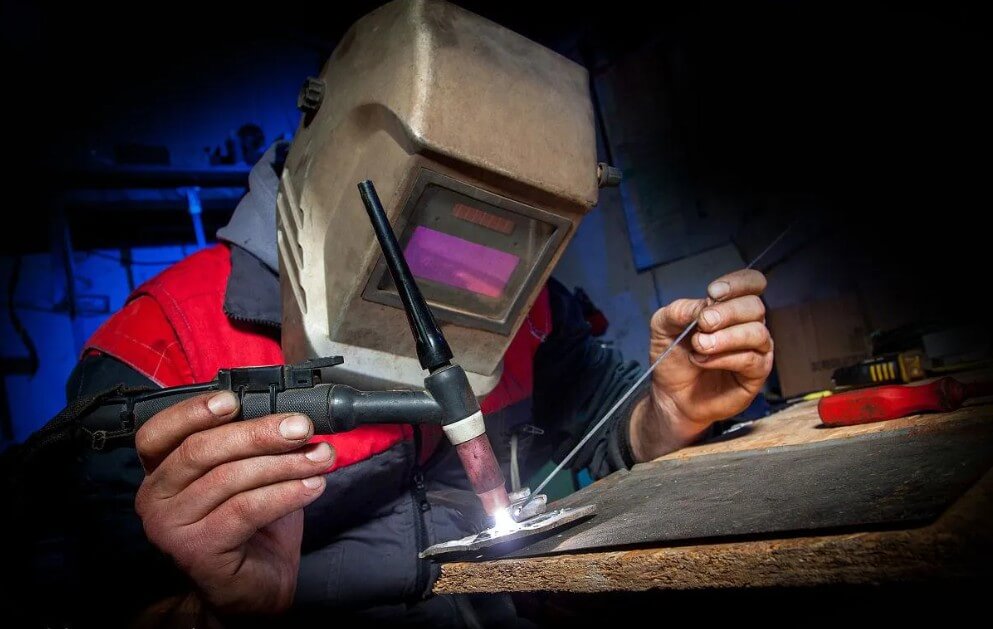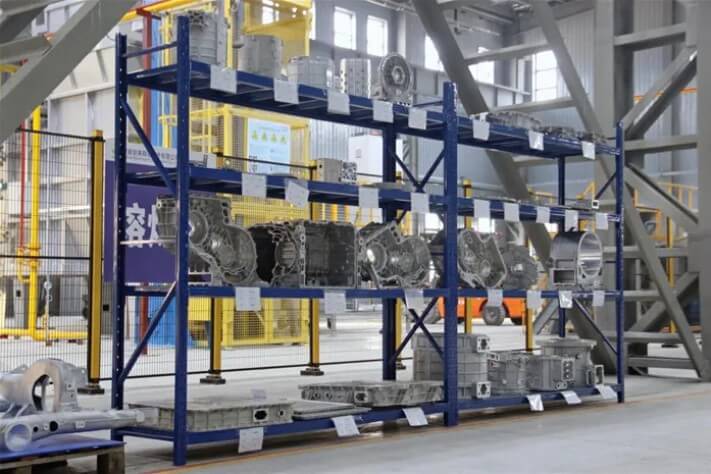Casting surface treatment: key technology to improve performance and life
Casting surface treatment technology is an indispensable part of modern manufacturing. It significantly improves the performance and service life of castings by applying various treatment processes to the surface of castings. This article will introduce in detail several common casting surface treatment methods, purposes and their impact on the service life of castings.
1.Casting surface treatment: common methods
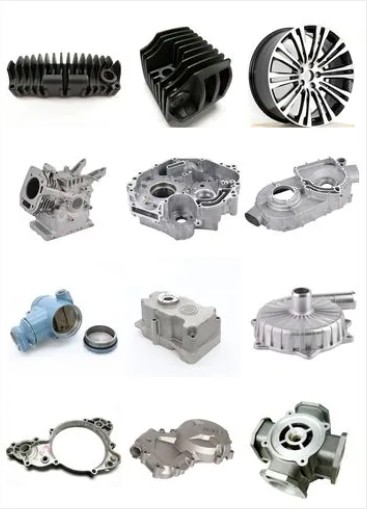
(1) Electroplating
Electroplating is a process that electrolytically deposits a metal layer on the surface of a casting. Commonly used electroplating processes include plating nickel on a copper base layer and then treating it with chromium. This method can significantly increase the hardness and wear resistance of the casting while improving its corrosion resistance. Direct chromium plating is also one of the commonly used methods, which can reduce the friction factor and improve the corrosion resistance of castings.
(2) Painting
Painting is another common casting surface treatment method. By coating various paints on the surface of castings, air and moisture can be effectively isolated and the castings can be prevented from rusting. Before painting, the workpiece is usually treated with a phosphate or chromate solution to improve the paint’s adhesion and corrosion resistance.
(3) Metal spraying method
The metal spraying method is to apply a thin metal film on the surface of the processed parts under high vacuum. This process can simulate the appearance of copper, silver, brass, gold, etc., and is mostly used for die castings. Metal spraying can not only improve the aesthetics of castings, but also enhance their corrosion resistance and wear resistance.
(4) Anodizing treatment
Anodizing is the process of forming an oxide film on the metal surface through electrolysis. Anodizing of zinc alloy castings is carried out at a voltage not exceeding 200V. This method can effectively improve the corrosion resistance of zinc alloy while enhancing its hardness and wear resistance.
(5) Blackening treatment
Blackening treatment is a casting surface treatment process that forms a black oxide film on the metal surface through chemical methods. The normal temperature blackening process is widely used because of its low cost, no impact on the accuracy of the workpiece, and good corrosion resistance. The blackening treatment of cast iron parts generally includes three stages: pre-treatment, normal temperature blackening and post-treatment. Pre-treatment is the key, and oil and rust must be thoroughly removed to ensure that the blackened layer is even and firm.
(6) Phosphating treatment
Phosphating treatment is the process of forming a phosphating film on the surface of castings. Phosphating film not only has anti-rust function, but also improves the bonding force between castings and topcoat. Phosphating treatment can be divided into two types: normal temperature and medium temperature. The bath liquid is prepared according to the process requirements, and then the operation is carried out according to the process flow. The surface of the phosphated casting can be sealed again to further improve its anti-rust ability.
2.Casting surface treatment: purpose
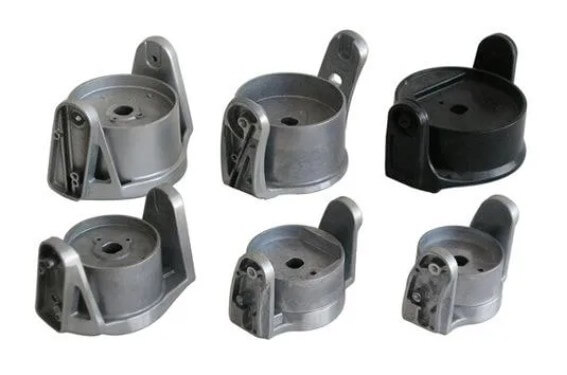
(1) Improve casting quality:
Surface treatment can effectively remove defects on the surface of castings, such as pores, blisters, cracks, etc., thereby improving the overall quality and performance of castings.
(2) Enhance corrosion resistance:
Through surface treatment, such as electroplating, anodizing, etc., a protective film can be formed on the surface of the casting, which can significantly improve the corrosion resistance of the casting and extend its service life.
(3) Improve wear resistance:
Certain casting surface treatment methods, such as shot peening, can produce compressive stress on the casting surface and improve the fatigue strength and wear resistance of the casting.
(4) Improve appearance:
Surface treatment technologies, such as grinding and polishing, can improve the appearance of castings, making them smoother and flatter, improving the product’s aesthetics and market competitiveness.
(5) Meet specific functional requirements:
Specific surface treatment technologies, such as chemical conversion coating treatment, can enhance the electrical conductivity, thermal conductivity and lubricity of castings to meet application needs in different fields.
(6) Reduce costs:
By improving the quality and performance of castings, surface treatment technology can reduce the rework and scrap rates of castings, thereby reducing production costs.
3.The influence of casting surface treatment on the service life of castings
The impact of casting surface treatment on the service life is multi-faceted and can significantly improve the performance and service life of castings. Mainly reflected in the following ways:
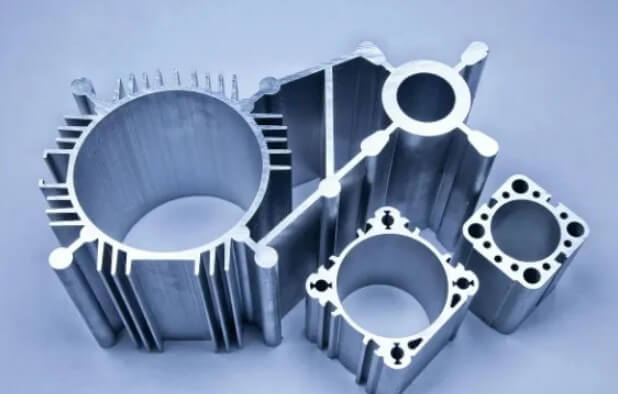
(1) Improve corrosion resistance:
During long-term use, castings may be affected by moisture, oxygen, chemicals, etc. in the environment and cause corrosion. Through surface treatment, such as painting, electroplating, oxidation treatment, etc., a protective film can be formed on the surface of the casting to isolate external corrosive media, improve the corrosion resistance of the casting, and thereby extend the service life.
(2) Enhance wear resistance:
Castings may be subject to friction and wear during operation, resulting in surface damage. Surface treatment technologies, such as sandblasting, polishing, hard chromium plating, etc., can improve the hardness and wear resistance of the casting surface, reduce wear and extend service life.
(3) Improve appearance quality:
Surface treatment can also improve the appearance quality of castings, making them more beautiful and improving the market competitiveness of products. Although this does not directly affect the service life, it can improve the overall value of the product and user satisfaction.
(4) Optimize mechanical properties:
Casting surface treatment technologies such as heat treatment can improve the internal microstructure of castings and improve their mechanical properties, such as hardness, strength and toughness. These performance improvements help castings better withstand workloads, reduce fatigue damage, and extend service life.
(5) Reduce stress concentration:
Castings may develop residual stresses during the manufacturing process that may cause the castings to crack or deform during use. Through surface treatment of castings, such as shot peening, rolling, etc., these residual stresses can be reduced or eliminated and the dimensional stability and service life of castings can be improved.
(6) Adapt to special working environment:
For castings working in special environments, such as high temperature, high humidity, strong acids and alkalis, surface treatment can provide additional protection, allowing them to adapt to these harsh conditions and extend their service life.
summary:
To sum up, casting surface treatment has a significant impact on the service life by improving corrosion resistance, enhancing wear resistance, improving appearance quality, optimizing mechanical properties, reducing stress concentration and adapting to special working environments. Therefore, casting surface treatment is an indispensable and important link in casting manufacturing.
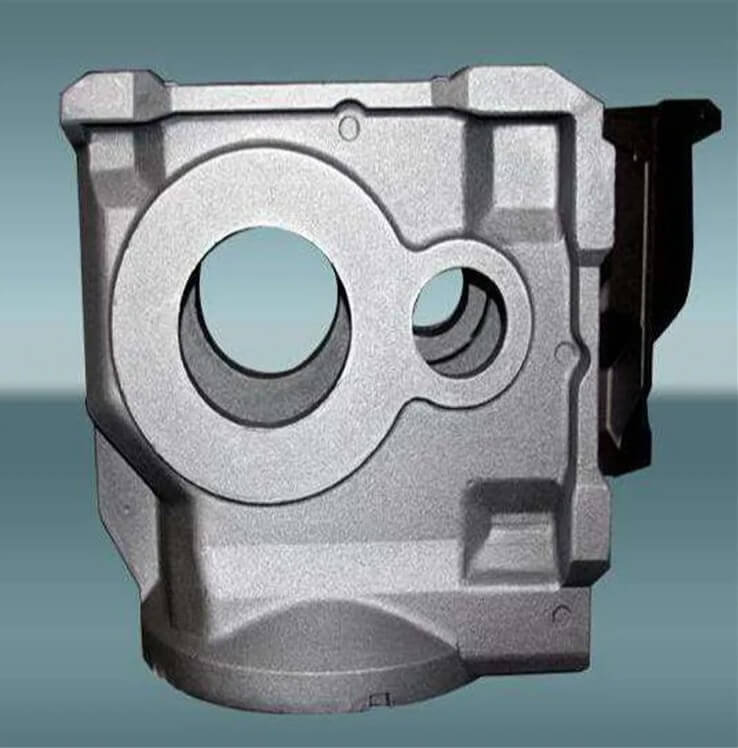
4.Summary
Casting surface treatment technology is a key measure to improve the performance and service life of castings. By selecting appropriate surface treatment methods, the corrosion resistance, wear resistance and aesthetics of castings can be effectively improved, meeting the needs of different working environments, extending the service life of castings, and providing a strong guarantee for the development of the manufacturing industry.

